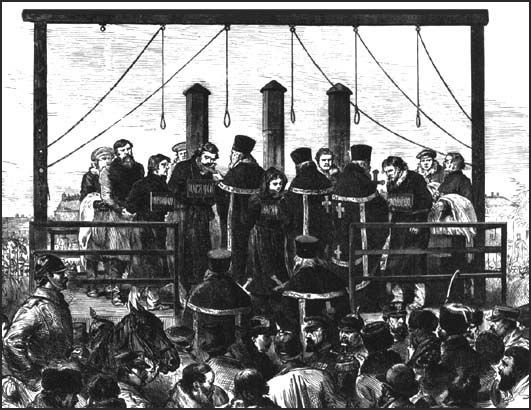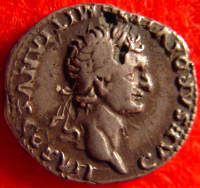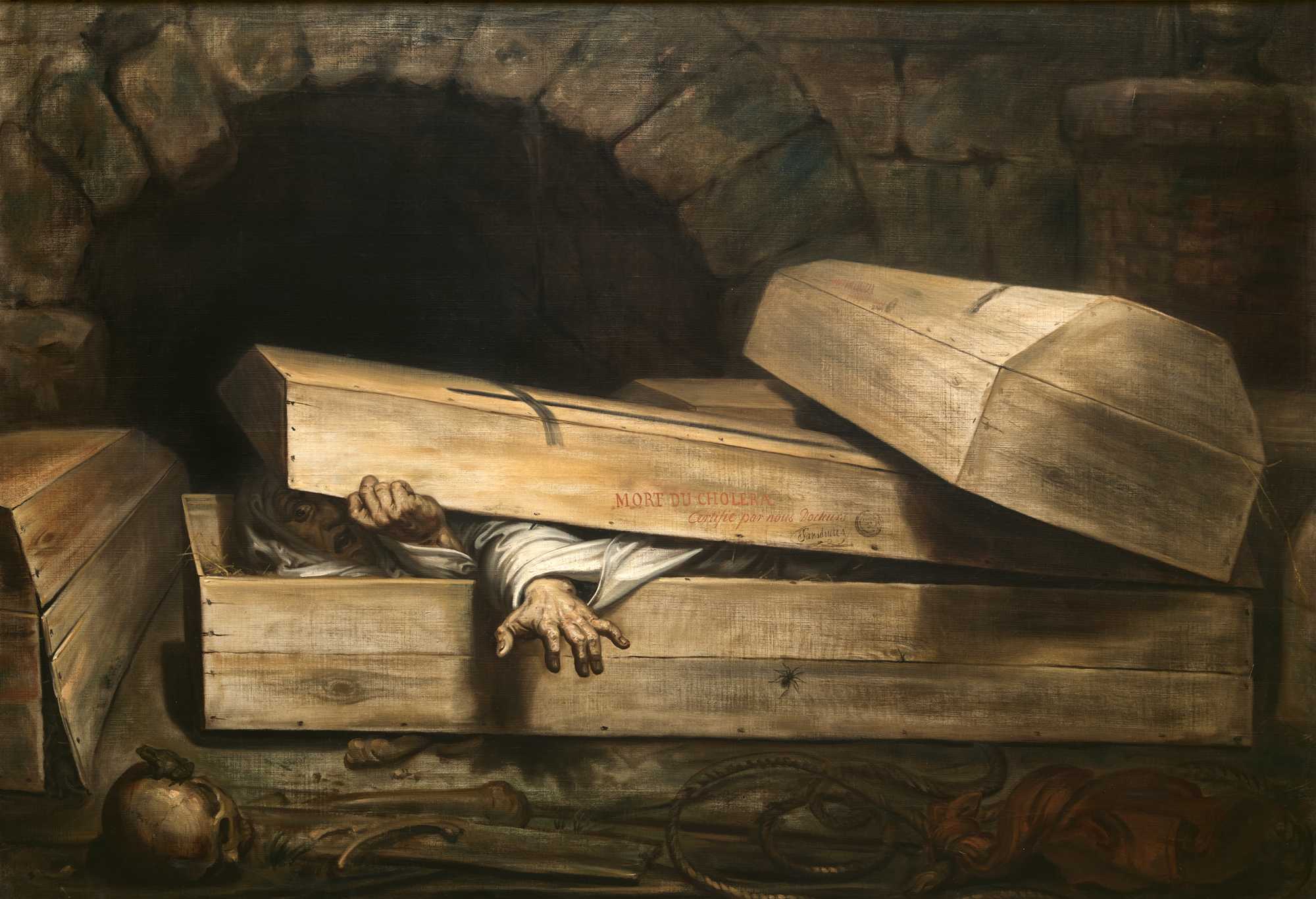|
Capital Punishment In Russia
Capital punishment is a legal penalty in Russia but is not used due to a Moratorium (law), moratorium and no death sentences or executions have been carried out Sergey Golovkin, since 2 August 1996. Russia has had an implicit moratorium in place since one was established by President Boris Yeltsin in 1996, and explicitly established by the Constitutional Court of Russia in 1999 and reaffirmed in 2009. History Medieval Russia Ahmad_ibn_Fadlan, Ibn Fadlan who had contact with the Rus' people, Rus around 921 reported that they executed thieves by hanging. In medieval Russia, capital punishment was relatively rare and was even banned in many, if not most, Russian principalities. The ''Russkaya Pravda'', created in the early 11th century, did not prescribe the death penalty, instead permitting blood feuds, a practice subsequently abolished by Yaroslav the Wise, Yaroslav's sons. One of the first legal documents resembling a modern penal code was enacted in 1398, which mentioned a singl ... [...More Info...] [...Related Items...] OR: [Wikipedia] [Google] [Baidu] |
Execution Nikolai Kibalchich
Capital punishment, also known as the death penalty and formerly called judicial homicide, is the state-sanctioned killing of a person as punishment for actual or supposed misconduct. The sentence (law), sentence ordering that an offender be punished in such a manner is called a death sentence, and the act of carrying out the sentence is an execution. A prisoner who has been sentenced to death and awaits execution is ''condemned'' and is commonly referred to as being "on death row". Etymologically, the term ''capital'' (, derived via the Latin ' from ', "head") refers to execution by Decapitation, beheading, but executions are carried out by List of methods of capital punishment, many methods, including hanging, Execution by shooting, shooting, lethal injection, stoning, Electric chair, electrocution, and Gas chamber, gassing. Crimes that are punishable by death are known as ''capital crimes'', ''capital offences'', or ''capital felonies'', and vary depending on the jurisdic ... [...More Info...] [...Related Items...] OR: [Wikipedia] [Google] [Baidu] |
Treason
Treason is the crime of attacking a state (polity), state authority to which one owes allegiance. This typically includes acts such as participating in a war against one's native country, attempting to Coup d'état, overthrow its government, spying on its military, its diplomats, its officials, or its secret services for a hostile foreign power, or Regicide, attempting to kill its head of state. A person who commits treason is known in law as a traitor. Historically, in common law countries, treason also covered the murder of specific social superiors, such as the murder of a husband by his wife or that of a master by his servant. Treason (i.e., disloyalty) against one's monarch was known as ''high treason'' and treason against a lesser superior was ''petty treason''. As jurisdictions around the world abolished petty treason, "treason" came to refer to what was historically known as high treason. At times, the term ''traitor'' has been used as a political epithet, regardless of ... [...More Info...] [...Related Items...] OR: [Wikipedia] [Google] [Baidu] |
Age Of Enlightenment
The Age of Enlightenment (also the Age of Reason and the Enlightenment) was a Europe, European Intellect, intellectual and Philosophy, philosophical movement active from the late 17th to early 19th century. Chiefly valuing knowledge gained through rationalism and empiricism, the Enlightenment was concerned with a wide range of social and Politics, political ideals such as natural law, liberty, and progress, toleration and fraternity (philosophy), fraternity, constitutional government, and the formal separation of church and state. The Enlightenment was preceded by and overlapped the Scientific Revolution, which included the work of Johannes Kepler, Galileo Galilei, Francis Bacon, Pierre Gassendi, Christiaan Huygens and Isaac Newton, among others, as well as the philosophy of Descartes, Hobbes, Spinoza, Leibniz, and John Locke. The dating of the period of the beginning of the Enlightenment can be attributed to the publication of René Descartes' ''Discourse on the Method'' in 1 ... [...More Info...] [...Related Items...] OR: [Wikipedia] [Google] [Baidu] |
Catherine The Great
Catherine II. (born Princess Sophie of Anhalt-Zerbst; 2 May 172917 November 1796), most commonly known as Catherine the Great, was the reigning empress of Russia from 1762 to 1796. She came to power after overthrowing her husband, Peter III. Under her long reign, inspired by the ideas of the Enlightenment, Russia experienced a renaissance of culture and sciences, which led to the founding of many new cities, universities, and theatres, along with large-scale immigration from the rest of Europe and the recognition of Russia as one of the great powers of Europe. In her accession to power and her rule of the empire, Catherine often relied on her noble favourites, most notably Count Grigory Orlov and Grigory Potemkin. Assisted by highly successful generals such as Alexander Suvorov and Pyotr Rumyantsev, and admirals such as Samuel Greig and Fyodor Ushakov, she governed at a time when the Russian Empire was expanding rapidly by conquest and diplomacy. In the south, the ... [...More Info...] [...Related Items...] OR: [Wikipedia] [Google] [Baidu] |
Elizabeth Of Russia
Elizabeth or Elizaveta Petrovna (; ) was Empress of Russia from 1741 until her death in 1762. She remains one of the most popular List of Russian rulers, Russian monarchs because of her decision not to execute a single person during her reign, her numerous construction projects, and her strong opposition to Prussian policies. She was the last person on the agnatic line of the Romanovs as Peter III of Russia, her nephew ascended, thus creating the house of Holstein-Gottorp-Romanov. The second-eldest daughter of Tsar Peter the Great (), Elizabeth lived through the confused successions of her father's descendants following her half-brother Alexei Petrovich, Tsarevich of Russia, Alexei's death in 1718. The throne first passed to her mother Catherine I of Russia (), then to her nephew Peter II of Russia, Peter II, who died in 1730 and was succeeded by Elizabeth's first cousin Anna of Russia, Anna (). After the brief rule of Anna's infant great-nephew, Ivan VI of Russia, Ivan VI, Eliz ... [...More Info...] [...Related Items...] OR: [Wikipedia] [Google] [Baidu] |
Surikov Streltsi
Surikov (Russian: Суриков) is a Russian masculine surname originating from the word ''surik'' ("scarlet pigment"); its feminine counterpart is Surikova. It may refer to the following notable people: *Aleksandr Surikov (born 1940), Russian statesman *Alla Surikova (born 1940), Soviet and Russian film director, writer, and teacher * Ivan Surikov (1841–1880), Russian poet * Konstantin Surikov, Russian politician * Stepan Surikov (born 2002), Russian football player * Vasily Surikov (1848–1916), Russian painter **''Vasily Surikov Vasily Ivanovich Surikov (; 24 January 1848 – 19 March 1916) was a Russian Realism (arts), realist history painter. Many of his works have become familiar to the general public through their use as illustrations. Biography He was born to an ...'', a 1959 Soviet biographical film ** Surikov (crater) on Mercury {{surname Russian-language surnames ... [...More Info...] [...Related Items...] OR: [Wikipedia] [Google] [Baidu] |
Peter The Great
Peter I (, ; – ), better known as Peter the Great, was the Sovereign, Tsar and Grand Prince of all Russia, Tsar of all Russia from 1682 and the first Emperor of Russia, Emperor of all Russia from 1721 until his death in 1725. He reigned jointly with his half-brother Ivan V of Russia, Ivan V until 1696. From this year, Peter was an Absolute monarchy, absolute monarch, an autocrat who remained the ultimate authority and organized a well-ordered police state. Much of Peter's reign was consumed by lengthy wars against the Ottoman Empire, Ottoman and Swedish Empire, Swedish empires. His Azov campaigns were followed by the foundation of the Imperial Russian Navy, Russian Navy; after his victory in the Great Northern War, Russia annexed a Treaty of Nystad, significant portion of the eastern Baltic Sea, Baltic coastline and was officially renamed from a Tsardom of Russia, tsardom to an Russian Empire, empire. Peter led a cultural revolution that replaced some of the traditionalist ... [...More Info...] [...Related Items...] OR: [Wikipedia] [Google] [Baidu] |
Brockhaus And Efron Encyclopedic Dictionary
The ''Brockhaus and Efron Encyclopaedic Dictionary'' (35 volumes, small; 86 volumes, large) is a comprehensive multi-volume encyclopaedia in Russian. It contains 121,240 articles, 7,800 images, and 235 maps. It was published in the Russian Empire in 1890–1907, as a joint venture of Leipzig and St Petersburg publishers. The articles were written by the prominent Russian scholars of the period, such as Dmitri Mendeleev and Vladimir Solovyov. Reprints have appeared following the dissolution of the Soviet Union. History In 1889, the owner of a printing house in St. Petersburg, , at the initiative of Semyon Afanasyevich Vengerov, entered into an agreement with the German publishing house F. A. Brockhaus for the translation into Russian of the large German encyclopaedic dictionary ''Meyers Konversations-Lexikon''. Initially, it was supposed to be limited to the translation of this publication, but only with a more detailed presentation of issues related to Russia. It was ... [...More Info...] [...Related Items...] OR: [Wikipedia] [Google] [Baidu] |
Coin Counterfeiting
Coin counterfeiting of valuable antique coins is common; modern high-value coins are also counterfeited and circulated.Coin Counterfeiting , Counterfeit Coins (2007-26-09) Counterfeit antique coins are generally made to a very high standard so that they can deceive experts. This is not easy and many coins still stand out. History Counterfeits of higher-value coins in circulation, designed for general circulation at face value, have been made by criminals for thousands of years.Circulating coins For modern coins in general circulation, the most common method of protection from forgeries is the use of bi-metallic coins made of two |
Alexis Of Russia
Alexei Mikhailovich (, ; – ), also known as Alexis, was Tsar of all Russia from 1645 until his death in 1676. He was the second Russian tsar from the House of Romanov. He was the first tsar to sign laws on his own authority and his council passed the ''Sobornoye Ulozheniye'' of 1649, which strengthened the bonds between autocracy and the lower nobility. In religious matters, he sided closely with Patriarch Nikon of Moscow, Patriarch Nikon during the Schism of the Russian Church, schism in the Russian Orthodox Church which saw unpopular liturgical reforms. While finding success in foreign affairs, his reign saw several wars with Russo-Persian War (1651–1653), Iran, Russo-Polish War (1654–1667), Poland (from whom left-bank Ukraine and Smolensk Voivodeship, Smolensk were annexed) and Russo-Swedish War (1656–1658), Sweden, as well as internal instabilities such as the Salt Riot in Moscow and the Cossack revolt of Stenka Razin in southern Russia. At the time of his death, R ... [...More Info...] [...Related Items...] OR: [Wikipedia] [Google] [Baidu] |
Burying Alive
Premature burial, also known as live burial, burial alive, or vivisepulture, means to be buried while still alive. Animals or humans may be buried alive accidentally on the mistaken assumption that they are dead, or intentionally as a form of torture, murder, or execution. It may also occur with the consent of the victim as a part of a stunt, with the intention to escape. Taphophobia, the fear of being buried alive, is reported to be among the most common phobias. Physiology Premature burial can lead to death through the following: asphyxiation, dehydration, starvation, or (in cold climates) hypothermia. A person trapped with fresh air to breathe can last a considerable time and burial has been used as a very cruel method of execution (as in cases of Vestal Virgins who violated the oath of celibacy), lasting sufficiently long for the victim to comprehend and imagine every stage of what is happening (being trapped in total darkness with very limited or no movement) and to ex ... [...More Info...] [...Related Items...] OR: [Wikipedia] [Google] [Baidu] |










